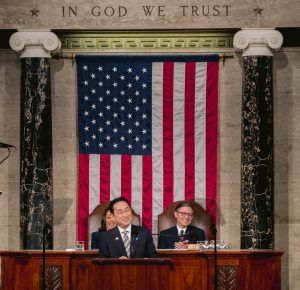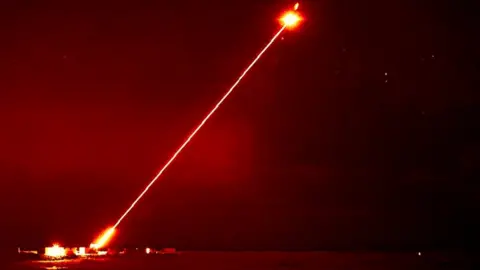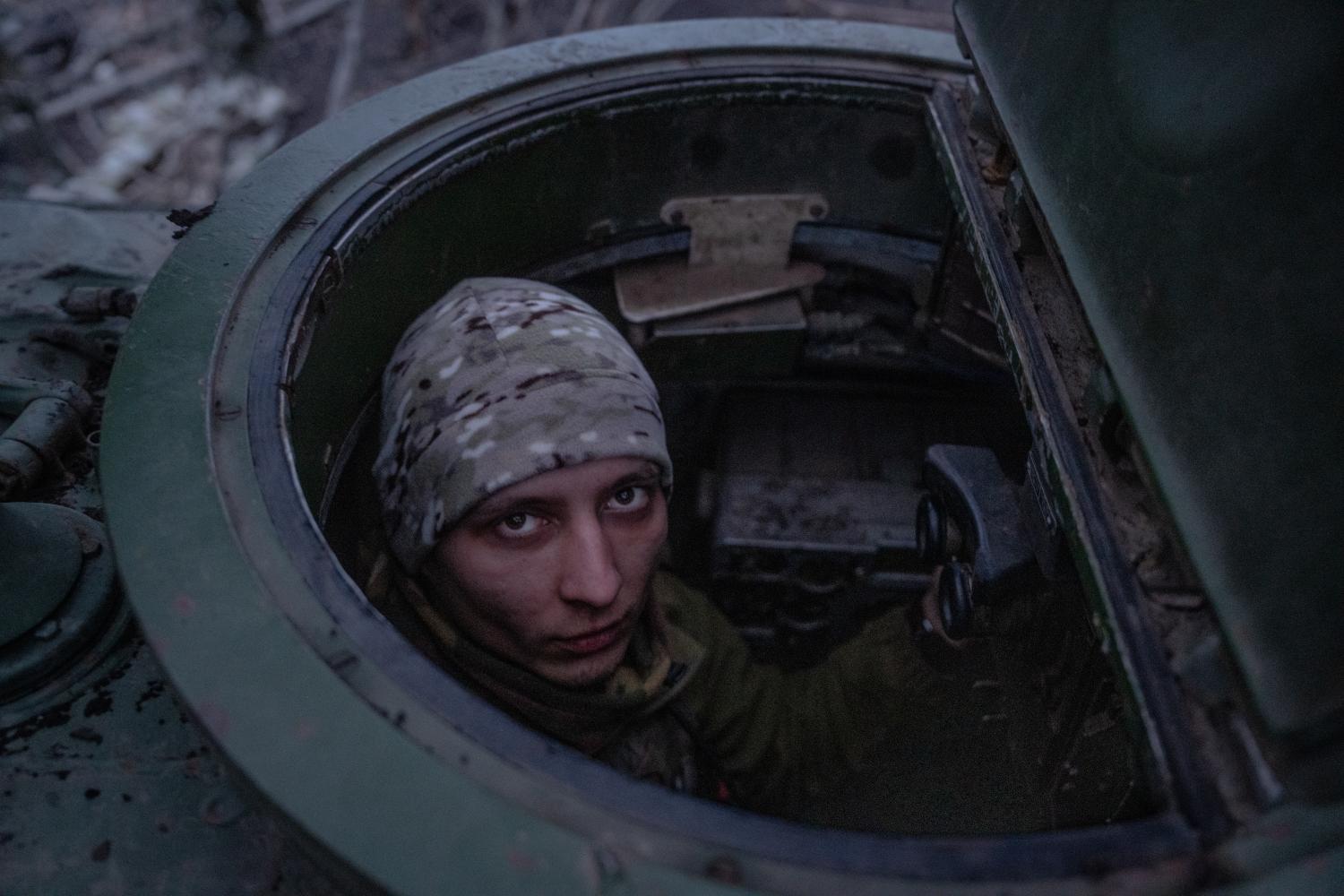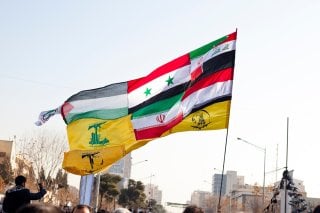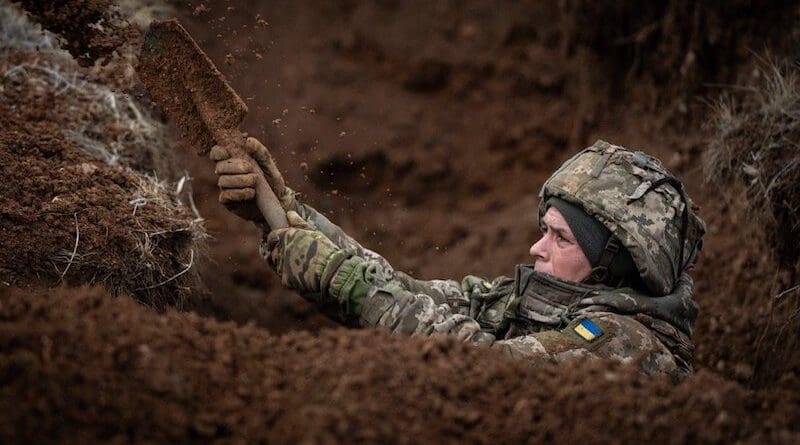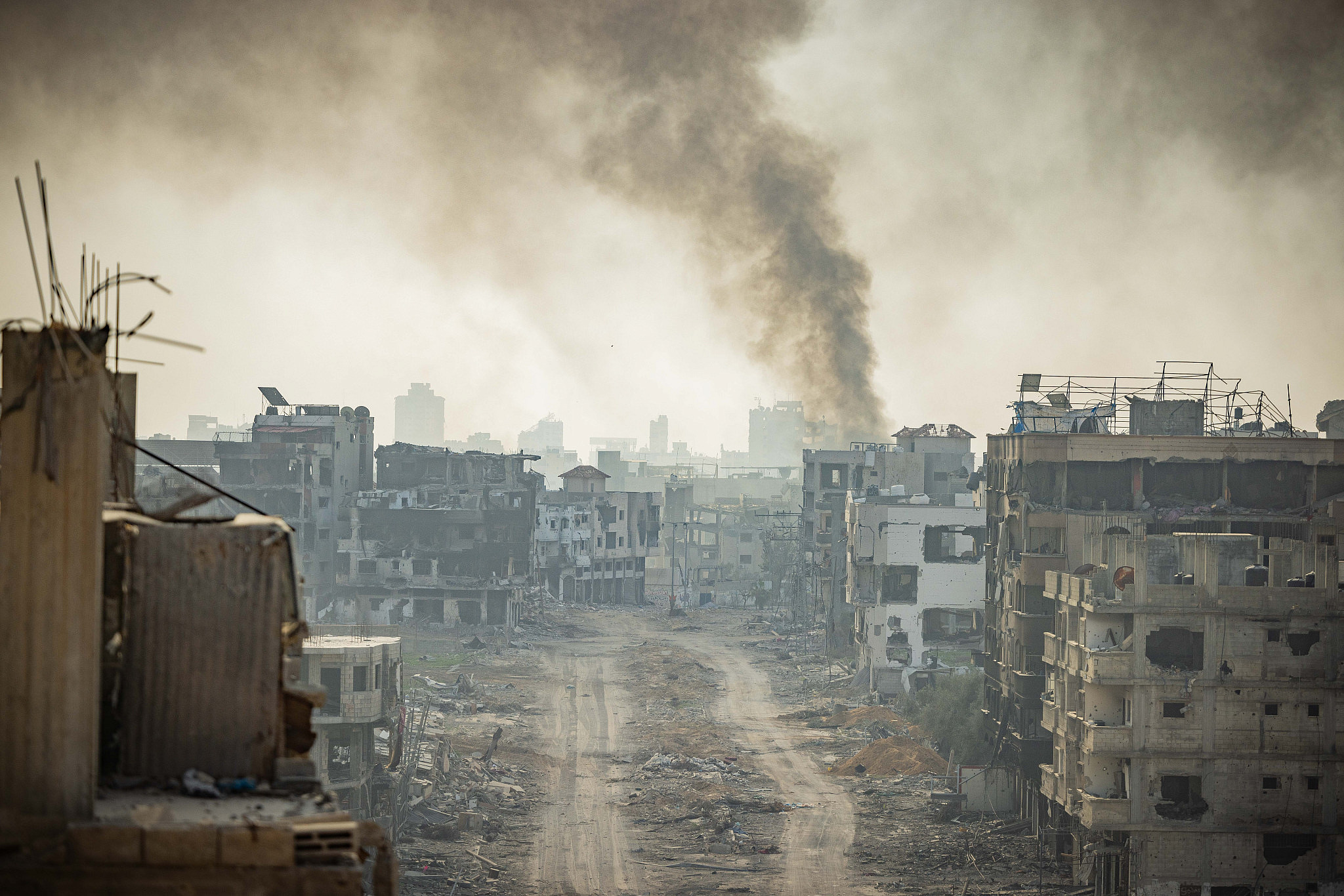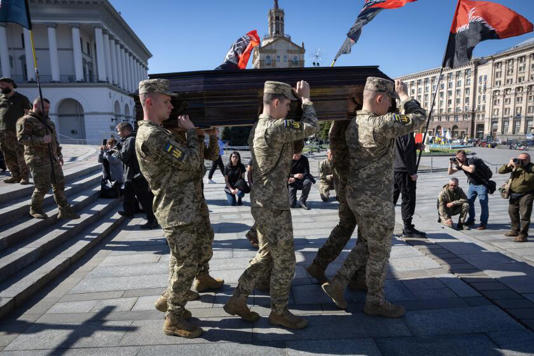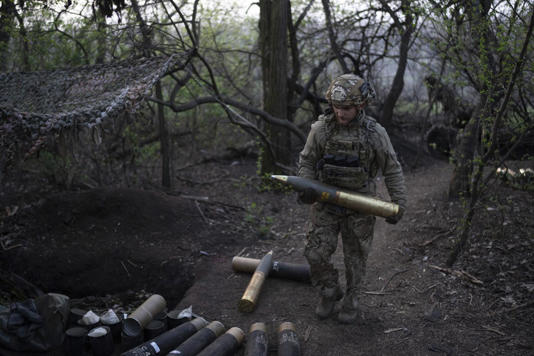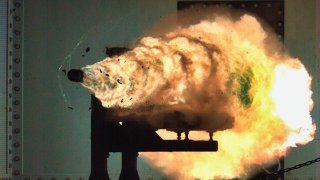To test YouTube’s treatment of election disinformation in India, Access Now and Global Witness submitted 48 advertisements in English, Hindi, and Telugu containing content prohibited by YouTube’s advertising and elections misinformation policies. YouTube reviews ad content before it can run, yet the platform approved every single ad for publication.
We withdrew the ads after YouTube’s approval and before they could be published, to ensure that they did not run on the platform and were not seen by any person using the site. The ad content included voter suppression through false information on changes to the voting age, instructions to vote by text message, and incitement to prevent certain groups from voting.
YouTube’s influence in the largest democratic exercise in history
In the coming weeks, India’s more than 900 million registered voters will decide how to vote in the country’s first general election since 2019. Social media is set to play a key part in this “largest democratic exercise in history”, as a vehicle both for electoral information as well as political campaigning. It must also contend with election disinformation seeking to undermine the integrity of the election process.
Of the major social media platforms, YouTube has taken on particular significance in India’s 2024 general election. Political parties and campaign managers have prioritised growing their user bases on the platform, including by purchasing advertisements and partnering with influencers. Given the combination of these interventions and the popularity of the platform for consuming content in India, recent reporting suggests the upcoming elections “depend on YouTube”.
The country is also of huge importance for YouTube, representing its largest market, with 462 million users, and a major source of future growth. The platform offers advertisers widespread reach in this vast user base.




